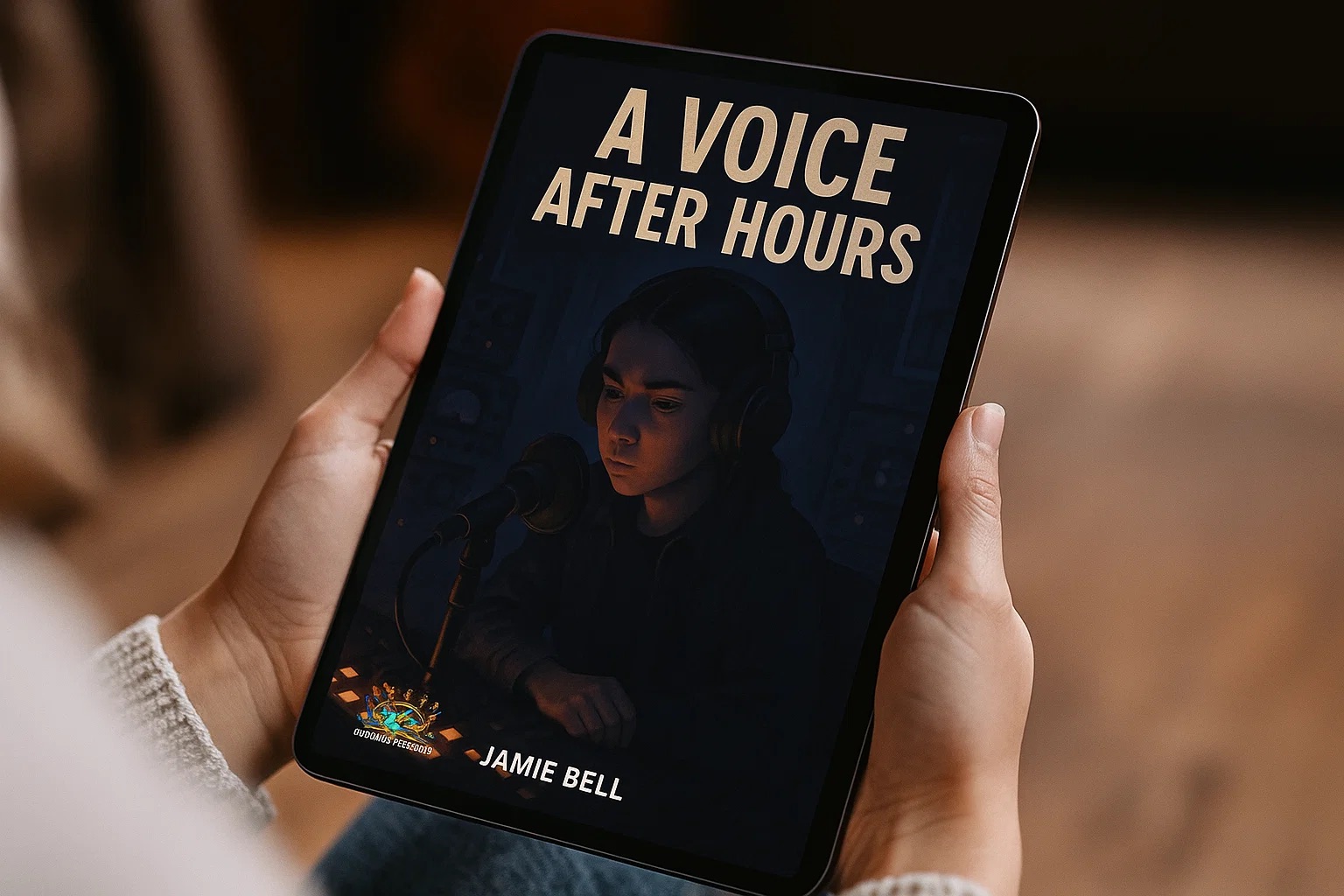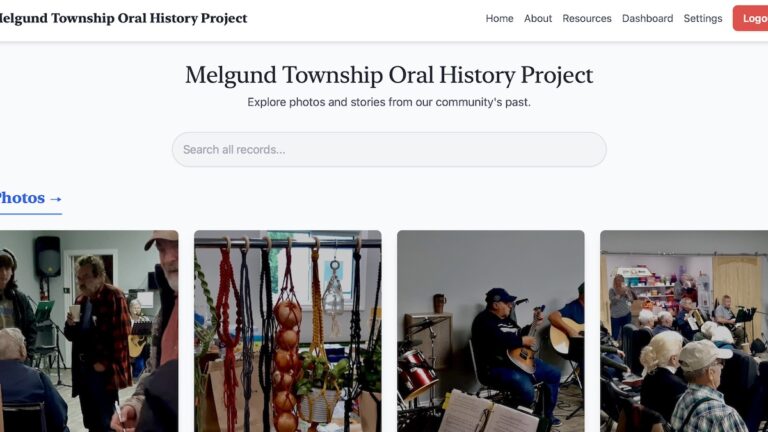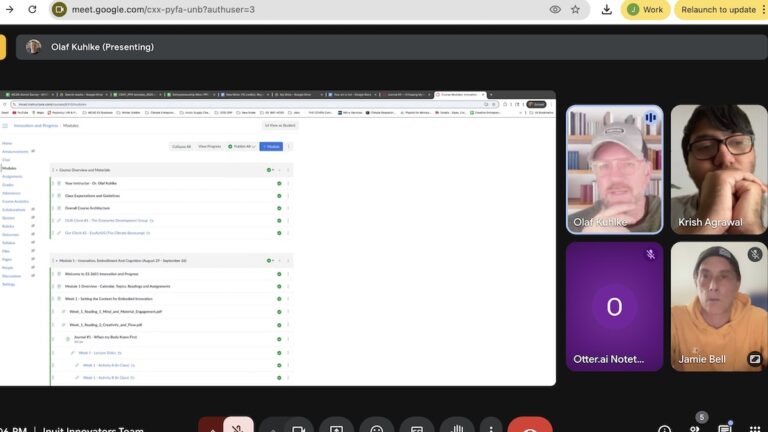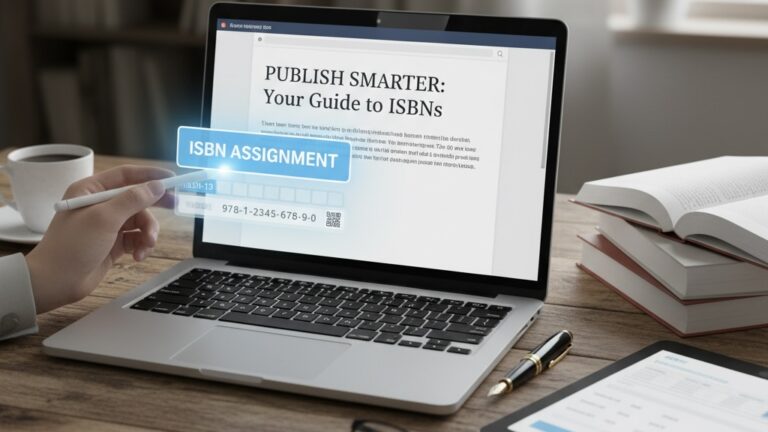
This summer we learned about creating and publishing our own short stories and oral histories. This fall, we'll be expanding on what we learned.
The Invisible Architect: How EPUB 3.3 Is Quietly Building the Future of Reading
This summer, our arts program had a great time exploring the basics of storytelling. From oral history through to publishing across multiple platforms, we really enjoyed our weekly sessions. As we get closer to the end of our 2025 summer arts internship and mentorship programming, we are starting to look at some of the tools and technologies we’ve been developing and using in more detail.
One of the key areas we’ve been exploring is converting our data, notes and reports into publications. Because our program is interdisciplinary, and introductory, we focused a lot of our energy on electronic publishing. And to do that, we learned about the EPUB format.
What is the EPUB format?
When you open an ebook on your tablet, phone, or e-reader, it just works. The text flows perfectly to fit your screen, the font size adjusts with a simple pinch, and the table of contents whisks you to a new chapter with a tap. This seamless experience feels so natural that we rarely stop to think about the intricate architecture holding it all together. Behind nearly every digital book you buy from a major retailer lies a powerful and elegant standard, an unsung hero of the digital age: EPUB. And its latest version, EPUB 3.3, represents the quiet perfection of a blueprint that is defining the future of our digital bookshelves.
To truly appreciate EPUB 3.3, it helps to remember the chaotic early days of digital reading. It was a digital Wild West, where formats were fragmented and experiences were inconsistent. A book bought for one device wouldn’t work on another. Trying to embed a simple video or audio clip was a clunky, unreliable affair. For readers with disabilities, like blindness or dyslexia, most ebooks were effectively locked doors, their text inaccessible to screen readers or unable to be adapted to specific reading needs.
Then, a revolutionary idea began to take hold: what if a book wasn’t treated like a static, printed page, but more like a self-contained, offline website?
This is the core philosophy that drives the modern EPUB standard. Think of an EPUB file not as a single document, but as a tidy zip folder containing all the elements of a small website: the text is structured in HTML files, the visual design is controlled by CSS stylesheets, and images, fonts, and even multimedia are all neatly organized within. This “website-in-a-box” approach is what gives an ebook its magical, fluid quality, allowing it to reflow and adapt to any screen size.
EPUB 3.3 is the master blueprint for how to build that box. It doesn’t introduce flashy, radical new features, because it doesn’t have to. Instead, it’s a work of profound refinement. Maintained by the World Wide Web Consortium (W3C)—the same group that stewards the core standards of the open web—EPUB 3.3 aligns the world of digital books with the most powerful and accessible communication platform ever created. It’s less of a new invention and more of a constitution, a set of stable, universally agreed-upon rules that ensure a book created by a publisher in London will look, feel, and function perfectly for a reader in Tokyo or Toronto.
So, what does this meticulously crafted blueprint actually build? Its impact can be seen in three transformative areas.
First and foremost, EPUB 3.3 champions a book for everyone. Accessibility is no longer an afterthought but is woven into the very fabric of the standard. The rules of EPUB 3.3 provide authors and publishers with the tools to describe every part of a book semantically. An image isn’t just an image; it can have a description for those who cannot see it. A complex table can be structured so that a screen reader can navigate it logically. This deep commitment to web accessibility standards means that digital books can now be born accessible, opening up a world of literature and knowledge to people with visual impairments, dyslexia, and other print disabilities.
Second, the standard brings books to life. By embracing modern web technologies, EPUB 3.3 gives creators a vibrant canvas. Imagine a children’s book where touching an illustration of an animal plays its sound. Picture a history textbook with interactive maps you can explore, or a cookbook with short video tutorials embedded directly next to the instructions. This is not science fiction; it’s the native capability of the format. By allowing for the graceful inclusion of audio, video, and JavaScript-powered interactivity, EPUB 3.3 provides the foundation for a new generation of rich, engaging reading experiences that go far beyond static text on a page.
Finally, EPUB 3.3 helps build a truly global library. Language is complex and diverse, and a true international standard must respect that. EPUB 3.3 is designed to handle the world’s languages with elegance. It seamlessly supports right-to-left scripts like Arabic and Hebrew and can render vertical text for languages like Japanese. Its robust support for international characters and typographic conventions ensures that a story can be told, and read, authentically, no matter the language it was written in.
For the reader, the beauty of EPUB 3.3 is its invisibility. You don’t need to know how it works to reap its benefits: a more reliable, accessible, and potentially richer reading experience on any device you choose. For authors and publishers, it provides a single, powerful, and future-proof format to deliver their vision without being locked into a single company’s proprietary system. It democratizes publishing, allowing small presses and independent authors to create works with the same professional quality as the largest publishing houses.
The next time you settle in with a good ebook, take a moment to appreciate the silent architect at work. That effortless flow of words, the accessible design, and the flawless presentation are not accidents. They are the result of a global community meticulously crafting a standard—a blueprint for a world where stories and knowledge are more fluid, more interactive, and more accessible to everyone. EPUB 3.3 isn’t just a file format; it’s the invisible foundation of your modern digital library.







